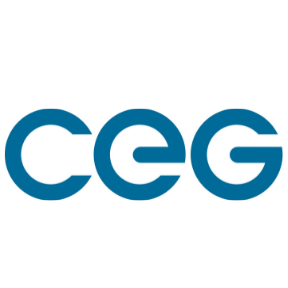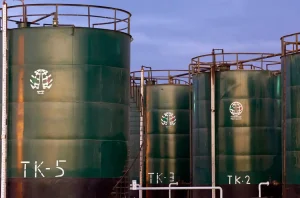A renewed sense of confidence has settled over the crude market as oil prices maintain their highest levels since late June. Underpinned by a blend of strategic production adjustments and robust fuel consumption patterns, traders and investors alike are recognising the market’s growing capacity to absorb incremental barrels without undermining price stability.
The return of security concerns in the Red Sea corridor has added a fresh dimension to the supply outlook, yet rather than triggering panic, this factor has served to remind stakeholders of the value inherent in uninterrupted trade routes. Although recent maritime incidents have temporarily raised insurance premiums and prompted alternative routing considerations, the swift ability of operators to adapt has underscored the industry’s resilience. That adaptability is now reflected in oil prices trading around $70.25 a barrel for Brent and $68.48 for U.S. West Texas Intermediate, levels that point to a market comfortable with short-term risks as it locks in tighter fundamentals.
Complementing this supportive backdrop, the U.S. Energy Information Administration’s updated forecast for lower 2025 production has reinforced expectations that non-OPEC supply growth will decelerate sooner than anticipated. Faced with tempered price signals, many U.S. producers have chosen to fine-tune drilling programmes, favouring capital efficiency and balanced cash flow over unchecked expansion. From an investor’s standpoint, this shift towards disciplined output not only reduces the likelihood of oversupply but also highlights the maturing nature of shale assets as strategic contributors rather than volume maximisers.
Meanwhile, holiday-season fuel demand in the United States has provided a timely lift for inventories and the broader sentiment around oil prices. Strong travel during the Independence Day period drove gasoline draws, helping to offset modest builds elsewhere and reassuring markets that end-user consumption remains robust. This dynamic, coupled with evidence of stable storage levels in key hub locations, suggests that near-term demand trends are capable of reinforcing price support even as producers recalibrate.
On the policy front, the prospect of new U.S. tariffs on industrial imports has prompted constructive engagement between trade partners, with potential exemptions offering a pathway to mitigate broader economic impacts. While higher levies on certain commodities could weigh on energy-intensive sectors, the prevailing sense among refiners and petrochemical operators is one of cautious optimism. Many are exploring options to optimise feedstock mixes and streamline operations, a proactive stance that may well insulate margins and sustain throughput despite any tariff-related headwinds.
OPEC+ members are also playing their part in underpinning oil prices through a measured unwinding of voluntary cuts and the UAE’s recent quota adjustment. The resulting combined supply increase of more than half a million barrels per day has, remarkably, not led to a glut in inventories. On the contrary, markets have demonstrated an ability to absorb these additional volumes, a phenomenon that Abu Dhabi’s energy leadership attributes to resilient global consumption and the replenishment of strategic stockpiles.
In the derivatives sphere, futures curves are reflecting this improved balance, with a modest flattening of contango suggesting that the benefits of carry trades remain intact even as short-term risk premiums recede. Options markets are pricing in lower volatility over the coming weeks, signalling growing confidence that oil prices will navigate seasonal uncertainties without significant disruption.
Looking further ahead, investors can take comfort in a landscape where non-OPEC supply growth is expected to plateau by the end of the year, while emerging-market demand continues its gradual recovery. The convergence of disciplined U.S. output, adaptive trade dynamics and proactive OPEC+ coordination points to a period of relative equilibrium. In such an environment, price dips may offer compelling entry points for those seeking exposure to oil’s longer-term upside potential, while near-term rallies could reward nimble repositioning.
Ultimately, the oil market is demonstrating a rare blend of flexibility and stability. Supply-side adjustments are aligning with healthy consumption trends to create a backdrop in which oil prices can hold firm. As weekly inventory reports and shipping updates arrive, the prevailing expectation is that markets will continue to acknowledge and price in this more balanced framework.
Challenger Energy Group Plc (LON:CGE) is an Atlantic-margin focused energy company, with production, development, appraisal, and exploration assets in the region. Challenger Energy’s primary assets are located in Uruguay, where the Company holds two high impact offshore exploration licences, totalling 19,000km2 (gross) and is partnered with Chevron on the AREA-OFF 1 block. Challenger Energy is quoted on the AIM market of the London Stock Exchange.











































